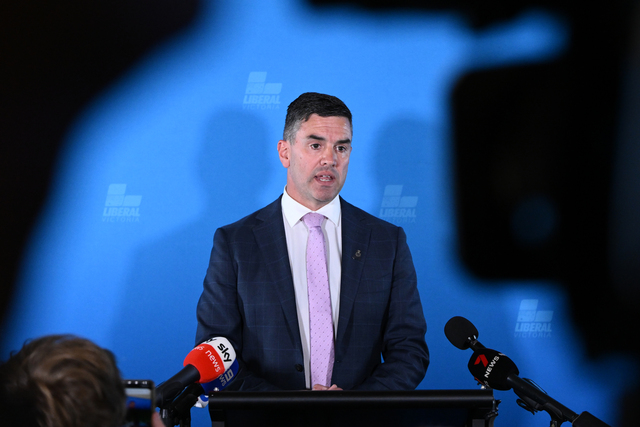Representatives from botanical organisations have flown world-wide to Melbourne, forming an alliance in Cranbourne at the first ever Botanic Gardens Climate Change Summit.
An international meeting was held in Melbourne from the 4-6 December which heard up to a quarter of the plant species grown in botanic gardens may not survive the predicted changes to the world’s climate.
To address this threat to botanic gardens internationally, 13 representatives of botanical organisations flew into Melbourne for the world’s first Botanic Gardens Climate Change Summit, hosted at Royal Botanic Gardens Victoria (RBGV).
The group, which met on Thursday 6 December at Cranbourne Royal Botanic Gardens, formed an alliance to share expertise, strengthen leadership and develop responses to the impacts of climate change on plants and plant landscapes.
They will share techniques in effective water management, plant assessment, landscape planning, biosecurity, water availability and plant health.
A comprehensive analysis of its collections by Royal Botanic Gardens Victoria (RBGV) shows that at least 26 per cent of the species will not tolerate the conditions predicted for Melbourne over coming decades.
“This is no trivial pursuit. Botanic gardens need to be part of a combined community and government commitment to respond to climate change right now,” Director and Chief Executive, RBGV Professor Tim Entwisle said.
“Climate change is a threat to plants and to people. Already it is changing what we can grow in our botanic gardens, streets and parks, and increasingly it will change our world. A tree planted now, must survive the climate in 70 years, as well as today,” he said.
Professor Entwisle said “We can’t stick our heads in the sand and hope that this venerable old garden will survive as it is, or that our stunning Australian Garden at Cranbourne will keep supporting the same plants.
“If our botanic gardens are to do what we want them to do – to change the world, to connect people to nature, to inspire and transform – we must plan for the succession of our landscape.”







